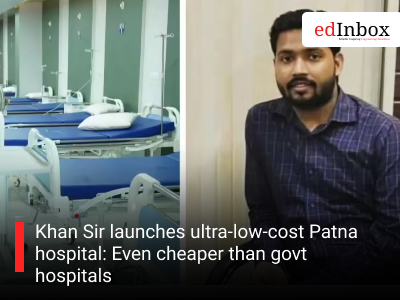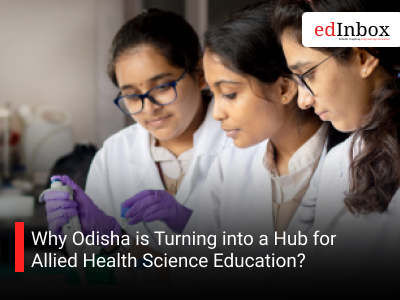Patna will be able to see a new era in healthcare, as Khan Sir, popular for his teaching and public service, enters the field of medicine. The new hospital plans to provide basic treatments at affordable prices, with emphasis on accessibility to all sections of society.
Khan Sir, originally known as Faizal Khan, is a renowned teacher from Patna, Bihar. He rose to fame teaching difficult topics very simplistically, particularly his online lectures. He has also assisted numerous disadvantaged students by providing free guidance and counsel. Now, he is utilizing his expertise and clout differently—making healthcare economical and available to all, particularly those who cannot afford it.
Operation theatre and dialysis available for operation
The hospital operation theatre and dialysis have been prepared and fully equipped. The Patna Press reports that Khan Sir himself supervised the facilities, checking surgical machines, patient wards, and the dialysis machines, and also issued instructions to staff members regarding right-now upgrades to the highest standards.
"Each citizen should have access to medical care. Here, it would be less expensive than that in government-run hospitals," Khan Sir went on, visiting, according to Patna Press.
Besides dialysis, the hospital will also have a blood bank and cancer treatment units, suggesting an enhancement of commitment towards complete, affordable care.
Operation theatre revamped for safety
Among the best things the project achieved is the new operation theater. News 18 reported that in the first draft there were glossy tiles, which Khan Sir realized later posed a threat to surgical hygiene. Quoting Patna Press, he stated: "When two tiles meet, their narrow crevice becomes a breeding ground for bacteria, viruses, and fungus. Even a mustard seed can have thousands of them."
Owing to this, the tiles were substituted with medical-grade anti-infection mats. These marble-type mats are better for surgery and easier to clean, providing a sterile setup.
Dialysis centre fully operational
The dialysis unit has been done and operational, equipped with state-of-the-art machinery and stringent infection control measures, says the Patna Press. Khan Sir himself experimented with equipment in the presence of medical professionals to be in patient-care-ready position.
Affordable treatment for all
Khan Sir's new hospital has a definite purpose– to make health affordable to all at an affordable price. He does not want anyone, even the most poor family, to go without proper health care due to expenses. The hospital will offer basic services such as dialysis, surgery, and check-ups at very low prices, so no one will have to miss out on treatment because they cannot afford it.
Affordable compared to government hospitals
Government hospitals are famous for low-cost treatment, but they're congested and patients have to wait for hours to receive assistance. Doctors are sometimes short or equipment is unavailable. Khan Sir wants to transform it. His new hospital will offer the same treatments– but quicker, cleaner, and even more affordable than government hospitals.
News reports that dialysis and minor procedures will be less expensive than what most government hospitals currently charge. Simple and straightforward billing will also be offered by the hospital, such that patients are well aware of what they are paying for. The aspiration is to have low costs and quality care all under one roof.
Reflected from real struggles
Khan Sir has always been a man of the masses– either guiding the students or helping poor families in need during the bad times. He himself witnessed how difficult it is for most people in Patna to receive good medical care. So, he decided to enter the healthcare profession– to provide a platform where the most deserving ones are catered to without hesitation or delay.







